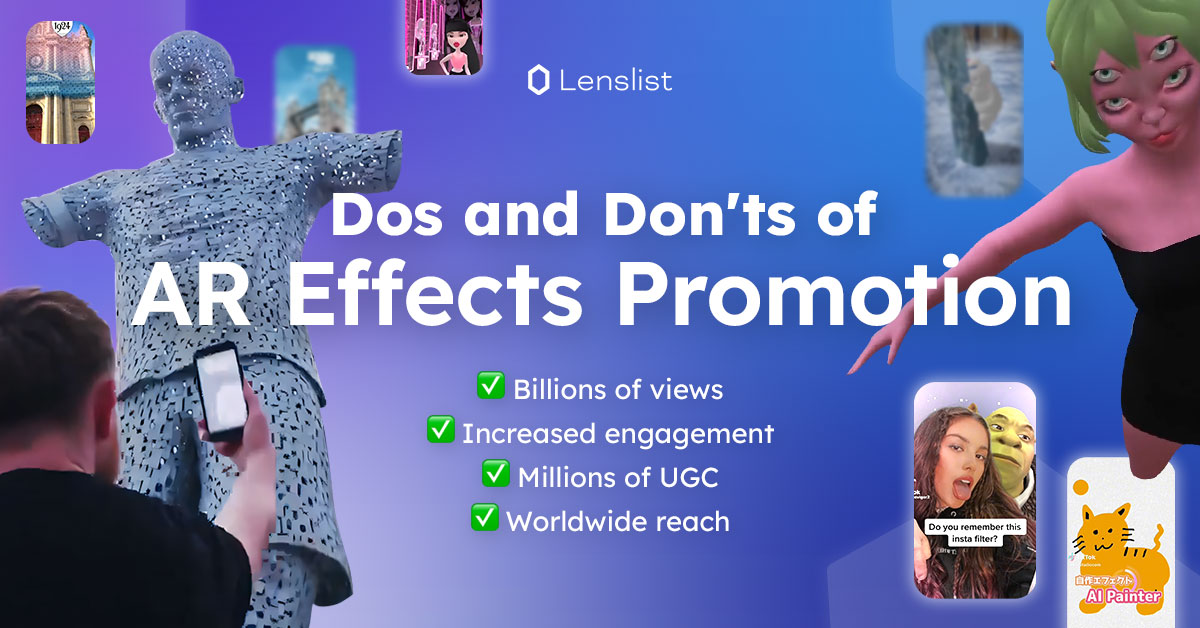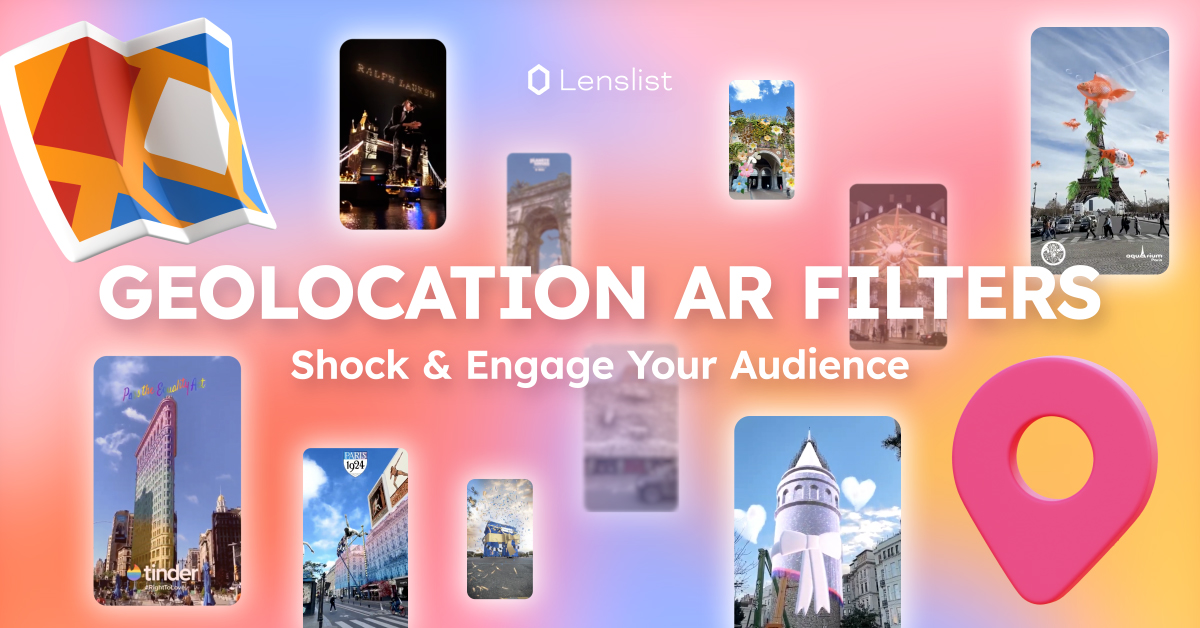Audio React AR Filters—The New AR Trend that Engaged Millions

Augmented Reality filters on social media have the power to do something few other formats can: transform passive viewing into a participation-based experience, accessible for all users.
When something goes viral online, countless creators quickly hop on the trend, remixing and reshaping it to keep audiences entertained. One of the latest examples of this is the rise of Audio React AR Filters—a new wave of voice-controlled effects that have captivated millions of users across TikTok and Snapchat, driving excitement, participation, and virality.
What Are Audio React AR Filters?
As the name suggests, Audio React AR Filters are augmented reality experiences that respond to sound—primarily the user’s voice. Whether triggered by specific words, varying voice volumes, pitch, or pronunciation, these filters are designed to listen and react, offering a fresh and intuitive way for users to interact with digital content.
This shift toward audio input represents a new chapter in AR interactivity, one that feels more natural, expressive, and easy to follow. Instead of relying solely on facial expressions or head movements, these experiences harness the power of the user’s unique voice and their skills to manipulate it to deepen user engagement.
Types of Audio React Filters
Traditionally, AR games on social platforms have used gestures—like blinking or tilting the head—as control mechanisms. But Audio React filters introduce a novel twist: voice-based gameplay.
This has led to a growing genre of social AR games where users are prompted to shout, sing, or mimic sounds as part of the experience. One popular example is Animal Sound Escape by @gamingfilterpro. In this interactive game, users must imitate animal sounds to help a character escape various obstacles. The format is funny, absurd, and irresistibly shareable, which is likely why it has inspired over 1.2 million user-generated videos.
Another success story is Vegetables Challenge by @panda.games_effects, which challenges users to pronounce vegetable names correctly. With nearly 700,000 videos created worldwide, it proves that even simple, humorous interactions can turn into global sensations when designed well.
by panda.games_effects
by gamingfilterpro
But the trend isn’t limited to entertainment alone.
Learning with AR
While many Audio React AR Filters are designed for humor and amusement, several creators are beginning to explore their educational potential.
One standout example is a TikTok filter developed by @gameplus40, inspired by Duolingo’s gamified approach to language learning. In this filter, users are encouraged to repeat phrases in different languages, guess their meanings, and match translations. By combining repetition with play, it offers an engaging alternative to traditional language-learning methods.
by gameplus40
Interestingly, even light-hearted filters like Vegetables Challenge carry educational value. By prompting users to say English words out loud, the filter provides an accessible and unintimidating way for non-native speakers—especially younger audiences—to interact with the language. Reaching users across different regions and language backgrounds, it’s an understated but effective tool for casual language exposure.
Why It Matters: A New Layer of AR Marketing
The rise of Audio React AR Filters reflects a broader shift in digital engagement: the growing demand for voice-first, immersive experiences that make users feel like active participants rather than passive viewers. These filters are not just a quickly passing trend. They represent users’ need for new ways to communicate and interact.
For marketers and creators, this unlocks exciting possibilities. Audio-responsive filters offer new opportunities for storytelling, gamified brand interactions, and product discovery. And for Gen Z and Millennials—audiences that crave authenticity and co-creation—these experiences hit the mark.
Some brands have already embraced this trend. Dutch telecom company Ziggo launched an Audio React AR Filter as part of a Snapchat campaign, inviting users to participate in a playful voice challenge.
The Lens, created by Danny Marree from Verticar Studio—who previously found community success with audio-based AR filters—turned the activation into a shared experience rather than a traditional ad. The result? Ziggo positioned itself not just as a service provider, but as a brand that truly understands how to connect with its audience.
by dannymarree
Looking closely at AR Community’s trends and getting inspired by what users are drawn to, brands can access clear, practical guidelines for creating compelling marketing campaigns that truly resonate with social media audiences.
Looking for the best way to implement AR into your marketing strategy? 🔍Try out the AR Brainstormer to create unique campaign ideas, use our AR Search engine to look for inspiration, or simply schedule a consultation with us – we’ll be happy to help! ✨


